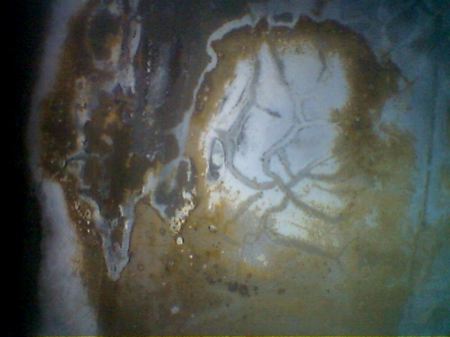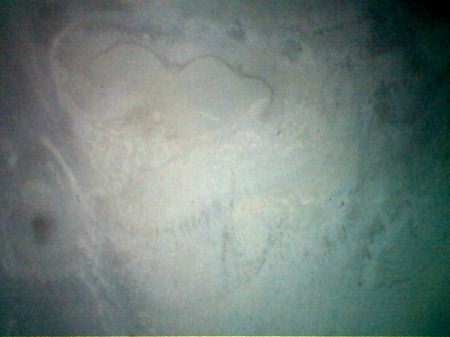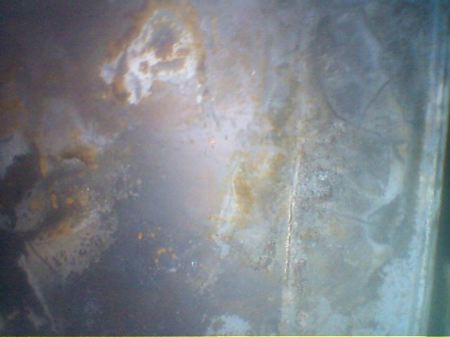New at Miru-Kenchiku

New at Miru-Kenchiku: “Miru-Kenchiku has 3 new galleries covering some of the big-name fashion brand boutiques in Ginza: Dior, Lanvin, and Louis Vuitton. Link via Dezain.net.”
(Via jeansnow.net.)

An archive of our old posts.

New at Miru-Kenchiku: “Miru-Kenchiku has 3 new galleries covering some of the big-name fashion brand boutiques in Ginza: Dior, Lanvin, and Louis Vuitton. Link via Dezain.net.”
(Via jeansnow.net.)





Anton Olsen has worked up two great obsessions that taste great together: anything that can possibly include an
LED and anything that can possibly involve an
Altoids case. Full design and assembly
details are available on his site, so head on over there and get lit yourself, why dontcha.
"
(Via Engadget.)
UK lampposts to get WiFi, flash memory: "
WiFi hot spots? Bah — UK company Last Mile Communications says it will convert the humble lamppost into all the internet access you need. But why stop there, when a lamppost could be so much more? Last Mile’s plans include installing flash memory inside the posts to store information about local stores and restaurants. Then, all a passerby need do is run a bit of proprietary code courtesy of Last Mile (dubbed MagicBook by some marketing exec who’s clearly absorbed too much Harry Potter) to access the information on the lamppost. Not convinced yet? But wait — the lamppost hot spots could be used by… emergency services! Yeah, that’s it — when firefighters arrive on the scene to combat a raging blaze, they’ll just take a moment to whip out their laptops and see which neighborhood pub will be best for cooling off in afterwards. We’ve seen plans of this variety in the States, too, but somehow we have yet to see the thronging hordes crouched against a lamppost with Pocket PCs, looking for clubs.
"
(Via Engadget.)
A house powered by spinach: "Seattle architecture/design firm Mithun won first place in the C2C Home Competition with their design for a house powered by spinach. The house will be built this summer in Roanoke, Virginia, along with other contest winners.

The competition asked designers to work on work on cradle-to-cradle design principles and create objects and processes that replenish communities, using materials that can be recycled indefinitely.
Mithun's house takes energy from the sun and uses spinach protein to generate electricity for neighbouring homes and street lighting infrastructure.
The house‘s skylight brings in the sun’s rays, and the heat sink stabilizes temperatures, while a highly conductive material produces photosynthetic energy generated from the protein in spinach. The spinach proteins are sandwiched between the core‘s glass walls; their chlorophyll converts the sun’s rays to fuel the home. Besides, a vegetated roof system collects and filters stormwater into the building core
More images.
Via WorldChanging and Treehugger < Gristmill.
Related: The search for sun-powered bio-computer.
"
(Via we make money not art.)